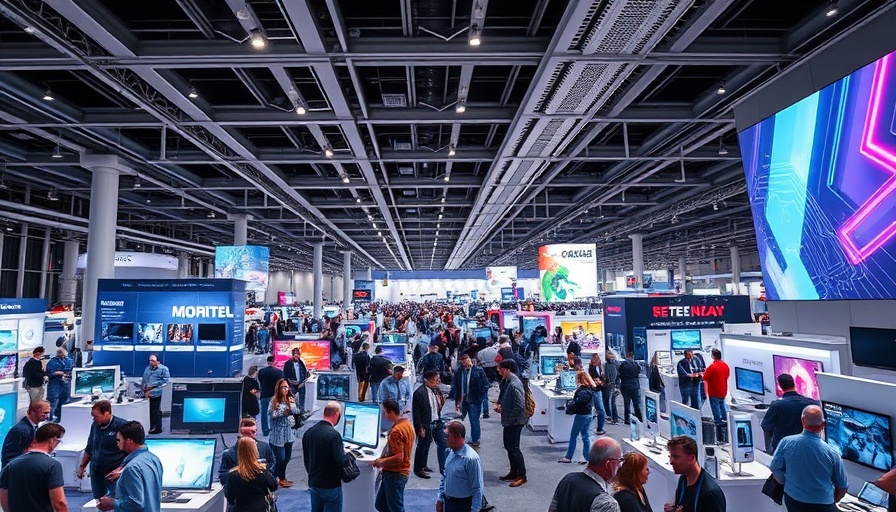
GitHub's Important Step Towards Secure Code Development
As the tech industry faces increasing challenges related to software vulnerabilities, GitHub has introduced new initiatives aimed at bridging the gap between developers and security teams. This move is not merely a trend but a necessity in an era where malicious threats are evolving rapidly. Understanding and addressing code flaws early in the development cycle is crucial for organizations adopting DevOps practices.
Integrating Security with Development
In recent years, the DevSecOps movement has emerged, emphasizing the need to integrate security directly into the development process. GitHub's decision to strengthen communication between developers and security experts allows for faster identification and resolution of potential risks. When developers work alongside security professionals, they can ensure that security measures are in sync with coding practices, ultimately leading to more robust applications.
The Role of Collaboration in Agile DevOps
Collaboration is a cornerstone of Agile DevOps methodology. By fostering environments where open communication between teams is encouraged, GitHub’s initiatives reflect a commitment to inclusivity and effectiveness. Security should not be an afterthought; it must be part of the *whole* process, requiring that developers receive continuous security training and feedback.
Future Trends in Code Security
The future promises a growing emphasis on security automation within the Agile DevOps framework. Tools that automatically test for vulnerabilities during coding phases will make it easier for teams to adopt a proactive rather than reactive stance towards security. This shift will not only protect organizations from external threats but will also instill confidence among users and clients, knowing their data and applications are secure.
The Emotional Impact of Code Security
Understanding the emotional aspect of code security is key. Developers often feel overwhelmed when faced with increasing pressure to deliver faster while ensuring that their work is secure. By promoting transparency and collaboration, GitHub aims to alleviate some of this stress, allowing developers to focus on creating innovative solutions without compromising safety.
Common Misconceptions about DevSecOps
One frequent misconception about DevSecOps is that it is simply a trend that will fade away. In reality, the integration of security into DevOps is essential in mitigating risks associated with rapid software releases. Organizations that fail to prioritize security within their development processes risk falling victim to potentially costly breaches.
Ultimately, GitHub’s initiatives to unite security and development teams serve not only to strengthen code integrity but also reflect a larger commitment to fostering a culture of innovation, safety, and resilience in software development.
 Add Row
Add Row  Add
Add 




Write A Comment